The Low Migration Inks Market is characterized by a dynamic competitive landscape, driven by increasing regulatory scrutiny and consumer demand for safer packaging solutions. Key players such as Sun Chemical (US), Flint Group (LU), and Siegwerk Druckfarben (DE) are at the forefront, each adopting distinct strategies to enhance their market positioning. Sun Chemical (US) focuses on innovation, particularly in developing sustainable ink solutions that comply with stringent food safety regulations. Meanwhile, Flint Group (LU) emphasizes regional expansion, targeting emerging markets to capitalize on the growing demand for low migration inks. Siegwerk Druckfarben (DE) is also notable for its commitment to digital transformation, integrating advanced technologies into its production processes to improve efficiency and product quality. Collectively, these strategies contribute to a competitive environment that is increasingly shaped by innovation and regulatory compliance.
In terms of business tactics, companies are localizing manufacturing to reduce lead times and optimize supply chains, which is particularly crucial in the context of low migration inks. The market structure appears moderately fragmented, with several key players exerting influence while also facing competition from smaller, specialized firms. This fragmentation allows for a diverse range of products and innovations, although the presence of major players like Sun Chemical and Siegwerk Druckfarben tends to dominate market dynamics.
In August 2025, Sun Chemical (US) announced the launch of a new line of low migration inks specifically designed for flexible packaging applications. This strategic move is significant as it not only reinforces Sun Chemical's commitment to sustainability but also addresses the growing demand for safer packaging solutions in the food and beverage sector. By expanding its product portfolio, the company positions itself to capture a larger share of the market, particularly in regions with stringent regulatory requirements.
In September 2025, Flint Group (LU) revealed its plans to invest in a new manufacturing facility in Southeast Asia, aimed at enhancing its production capabilities for low migration inks. This investment is indicative of Flint Group's strategy to strengthen its presence in high-growth markets, thereby ensuring a more robust supply chain and improved service delivery. The facility is expected to leverage advanced manufacturing technologies, which could further enhance the company's competitive edge in the region.
In July 2025, Siegwerk Druckfarben (DE) entered into a strategic partnership with a leading digital printing technology provider to develop innovative low migration ink solutions. This collaboration is poised to accelerate the integration of digital technologies into Siegwerk's product offerings, allowing for greater customization and efficiency in production. The partnership underscores the importance of technological advancement in maintaining competitiveness within the market.
As of October 2025, the Low Migration Inks Market is witnessing trends that emphasize digitalization, sustainability, and the integration of artificial intelligence in production processes. Strategic alliances are increasingly shaping the competitive landscape, enabling companies to leverage complementary strengths and enhance their innovation capabilities. Looking ahead, it appears that competitive differentiation will evolve, shifting from traditional price-based competition to a focus on innovation, technological advancement, and supply chain reliability. This transition may redefine how companies position themselves in the market, ultimately fostering a more sustainable and efficient industry.
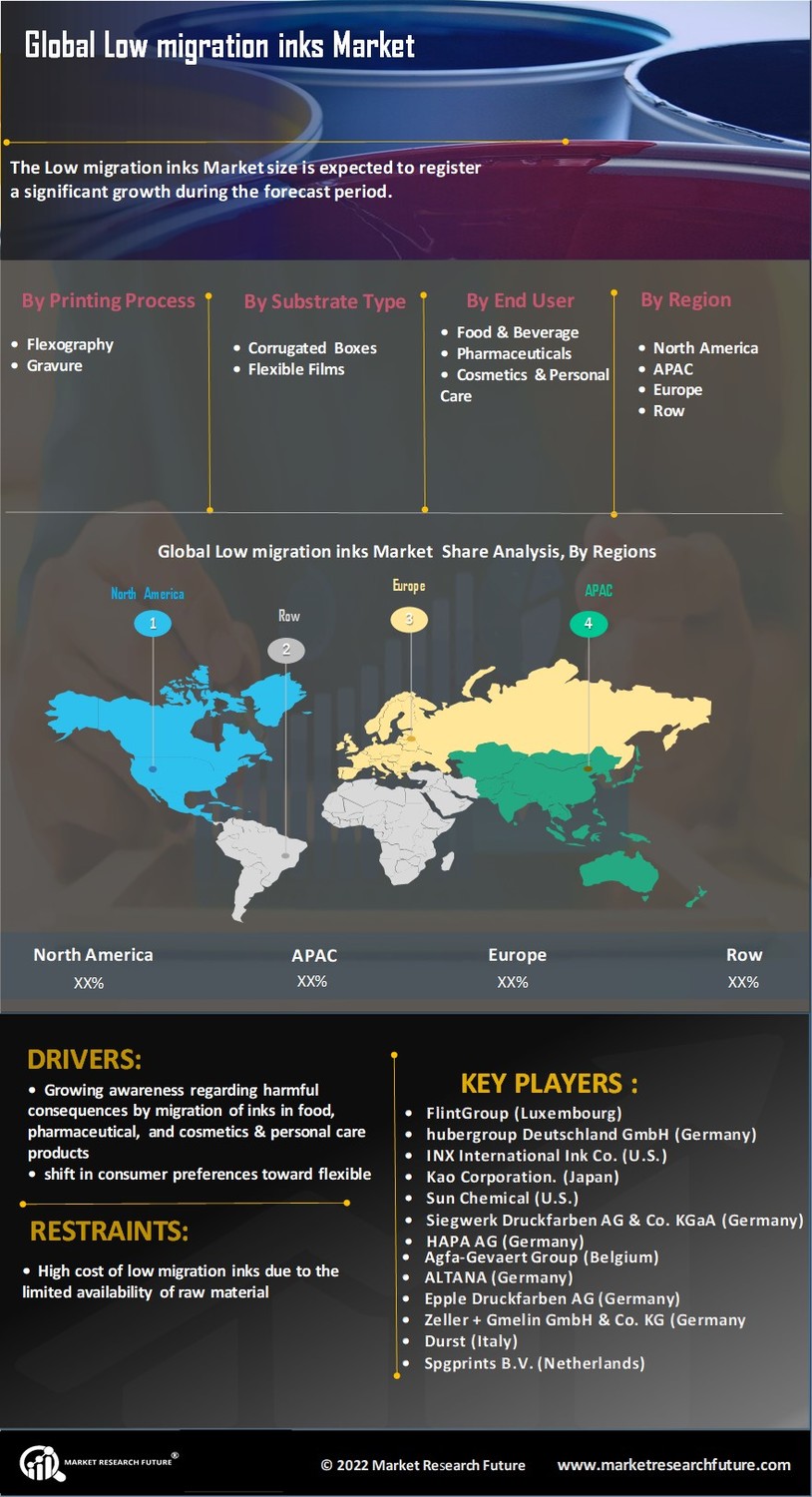

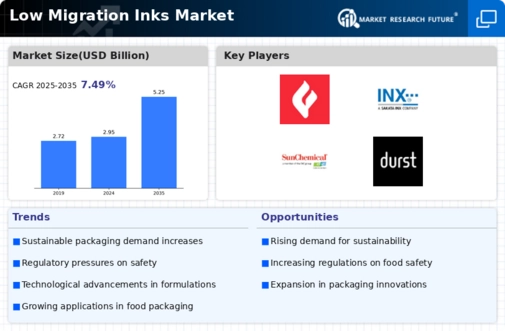

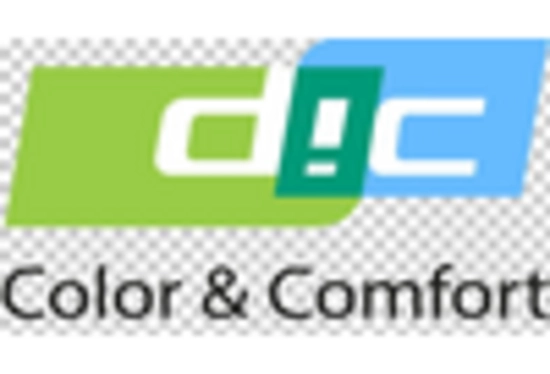
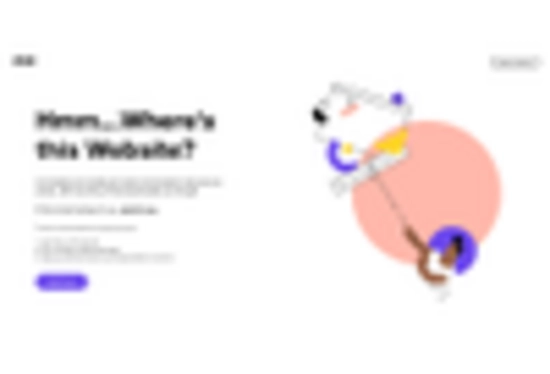


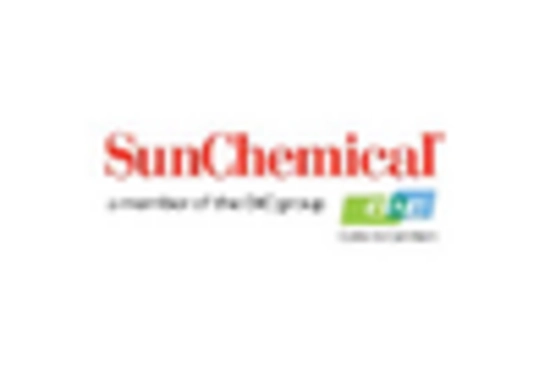









Leave a Comment